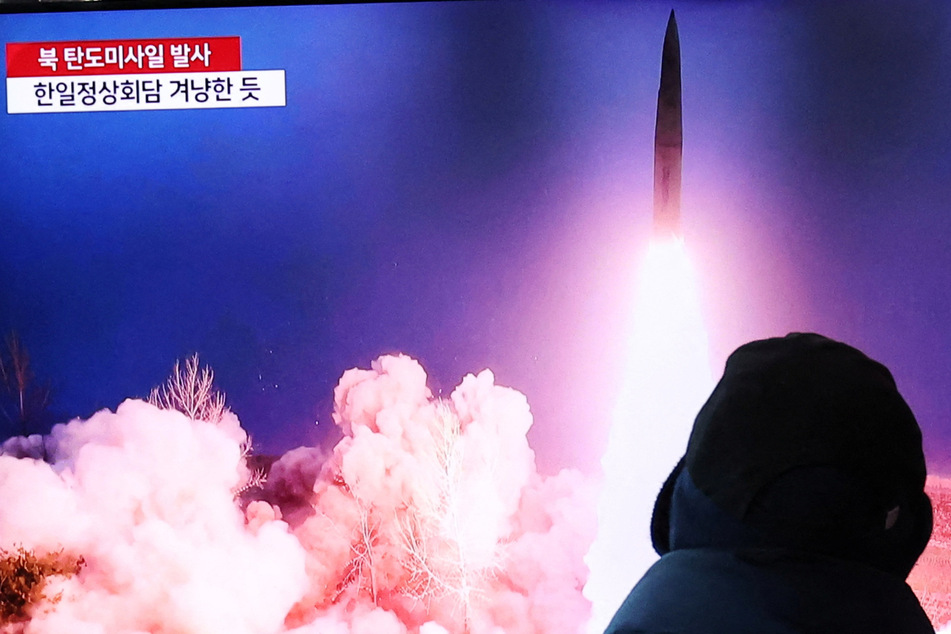North Korea fires new suspected ballistic missile as US steps up "Freedom Shield"
Pyongyang, North Korea - North Korea has fired a short-range ballistic missile towards the waters off its eastern coast, the South Korean military said on Sunday.

The general staff in Seoul said the missile flew about 500 miles towards the East Sea, as the Sea of Japan is also known, before falling into open waters between the Korean Peninsula and Japan.
"North Korea has launched a suspected ballistic missile," the office of Japanese Prime Minister Fumio Kishida also wrote in a tweet.
The United States once again sent a B-1B long-range bomber to South Korea for air force exercises.
The launch comes after Pyongyang fired its largest intercontinental ballistic missile (ICBM), the Hwasongpho-17, on Thursday - hours before a meeting between the South Korean president and Japanese prime minister in Tokyo.
The recent North Korean tests are considered to be a response to ongoing US military exercises with Seoul. Both countries deny Pyongyang's accusations that they are preparing for an attack.
The two allied countries, in turn, accuse North Korea of serious provocation.
UN resolutions prohibit North Korea from testing ballistic missiles of any range, which - depending on their design - can also be equipped with a nuclear warhead.
The situation on the Korean peninsula is currently very tense. Nuclear-armed North Korea has conducted a string of missile tests in the past few weeks.
Observers fear that Pyongyang's first nuclear test in years is imminent.
South Korea and the US undertook an air force exercise on Sunday as part of their multiple-day command exercise code named "Freedom Shield," according to the Defense Ministry in Seoul.
In addition to a conventional B-1B supersonic bomber, fighter jets from both sides were also used, the ministry said. In their current design, B-1B bombers, unlike B-52 bombers for example, do not have a nuclear strike capability.
Cover photo: REUTERS
